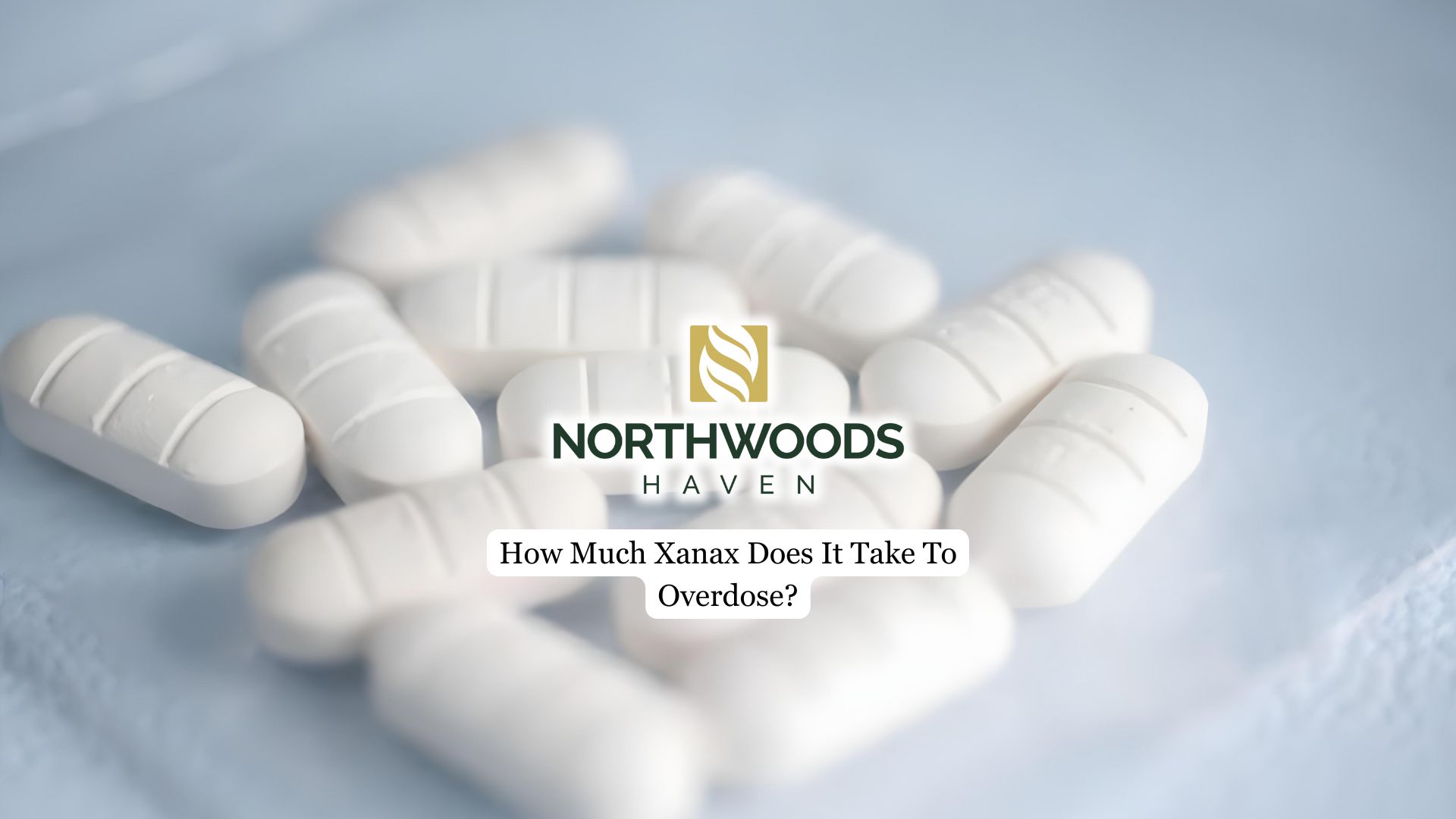Xanax is a medication that plays a significant role in treating certain health conditions, but like many powerful drugs, it carries risks that users should be aware of. Understanding these risks is essential for anyone taking or considering this medication.
In this article, we will explore the factors that influence Xanax’s safety, what constitutes an overdose, and how to recognize and respond to potential dangers, empowering readers to make informed decisions about their health.
What Is Xanax?
Xanax belongs to a class of drugs called benzodiazepines, which enhance the effects of a neurotransmitter called GABA that slows down brain activity. This calming effect helps reduce anxiety and panic symptoms.
Prolonged use can impact cognitive function, emotional regulation, and overall health. Acknowledging the signs of Xanax dependence and opting for a proper Xanax rehab program is a vital step toward recovery. With the right treatment, individuals can safely manage withdrawal, rebuild mental clarity, and develop healthier ways to cope without relying on Xanax or other benzodiazepines.
What Does Overdose Mean?
An overdose happens when the amount of a drug taken overwhelms the body’s ability to process it safely, leading to toxic effects. With Xanax, overdose primarily causes central nervous system depression, meaning it slows down vital functions like breathing and heart rate. Symptoms can range from extreme drowsiness and confusion to dangerously slowed breathing and loss of consciousness. In severe cases, an overdose can result in coma or death.
How Much Xanax Can Cause an Overdose?
There is no definite or singular answer to how much Xanax causes an overdose because it varies greatly from person to person. While prescribed doses usually fall between 0.25 mg and 10 mg per day, some individuals may experience overdose symptoms at lower amounts, especially if certain risk factors are present.
Notably, the majority of Xanax overdoses occur in people who are addicted to the drug, as addiction often leads to higher, uncontrolled use and increased tolerance, which significantly raises the risk of overdose.
Animal studies do offer some insight into lethal doses, but these do not directly apply to humans. Ultimately, the risk depends not just on the dose but on individual circumstances.
What Factors Affect Overdose Risk?
Metabolism and Health
Individual differences in metabolism play a major role. Age, body weight, liver and kidney function, and overall physical health all affect how efficiently Xanax is processed by the body. People with impaired liver or kidney function, for example, may eliminate the drug more slowly, increasing its concentration in the bloodstream and raising the risk of accidental overdose, even at standard doses.
Tolerance
Regular use of benzodiazepines like Xanax can lead to the development of tolerance, meaning higher doses are needed to achieve the same calming effects. While tolerance might dull some of the drug’s immediate effects, it also pushes users to take potentially dangerous amounts, which increases the likelihood of overdose, especially when dosage changes happen rapidly or without medical guidance.
Increasing tolerance can contribute to physical dependence and addiction, as the body begins to rely on the drug to function normally, making it difficult to stop use without experiencing withdrawal symptoms. This cycle of tolerance and dependence significantly raises the risk of misuse and overdose.
Mixing Substances
One of the most dangerous risk factors is combining Xanax with other substances, particularly alcohol, opioids, or other central nervous system depressants. These substances enhance each other’s sedative effects, potentially leading to slowed breathing, loss of consciousness, or even death. Even small amounts of each can have a cumulative and unpredictable impact on the body.
Illicit or Counterfeit Pills
The presence of counterfeit pills in the drug market poses a deadly risk. Fake Xanax tablets often contain powerful synthetic opioids like fentanyl, which can cause a fatal overdose in extremely small quantities. These pills may look identical to prescription versions but carry far greater danger due to their unpredictable and often lethal contents.
Recognizing the Signs of Xanax Overdose
Early warning signs include extreme sleepiness, confusion, slurred speech, and trouble coordinating movements. If the overdose worsens, breathing may slow dangerously or stop, and the person may lose consciousness or slip into a coma. If you suspect an overdose, seek emergency medical help immediately.

How Is Xanax Overdose Treated?
Treatment focuses on keeping the person’s airway open and supporting breathing. Medical staff may provide oxygen or mechanical ventilation if needed. In some cases, a medication called flumazenil can reverse the effects of Xanax, but it must be used carefully because it can cause seizures in certain patients. Hospital monitoring and supportive care are critical to recovery.
How to Prevent Xanax Overdose
Preventing overdose means following your doctor’s instructions exactly: never taking more than prescribed or mixing Xanax with alcohol or other sedatives. Be cautious about medications or substances that might interact with Xanax. Also, beware of counterfeit pills if obtaining Xanax outside of a legitimate prescription. Avoid this as much as possible. Always discuss your concerns openly with your healthcare provider.
Special Considerations
Older adults and people with liver, kidney, or respiratory issues are more vulnerable to Xanax’s effects and have a higher risk of overdose. For these individuals, doctors usually recommend starting with lower doses and adjusting slowly under close supervision.
Final Thoughts from Northwoods Haven Recovery
The amount of Xanax that can lead to an overdose varies widely depending on many factors, making it vital to use this medication responsibly and under medical guidance. Knowing the risks, recognizing signs of overdose, and acting quickly in an emergency can save lives.
At Northwoods Haven, our Xanax addiction treatment program in Minneapolis, MN combines medical supervision with evidence-based therapies to ensure a safe, supportive recovery experience. We tailor each plan to the individual, addressing both physical dependence and the underlying anxiety that often fuels misuse, empowering clients to develop healthy coping strategies for long-term sobriety.



